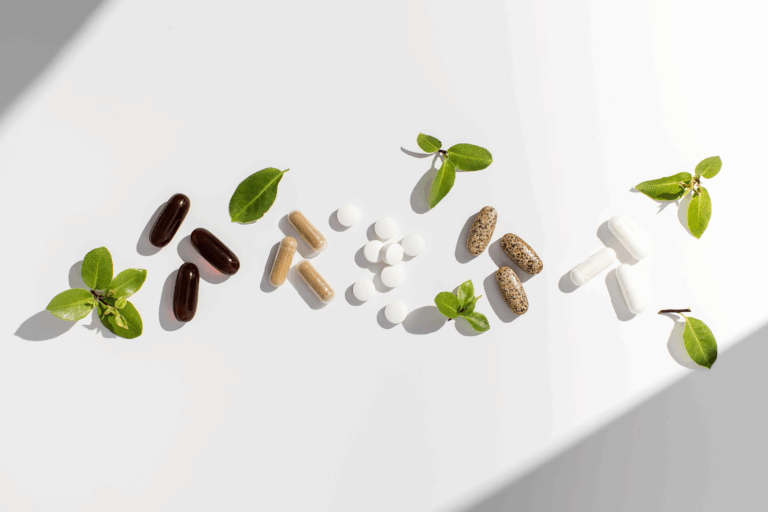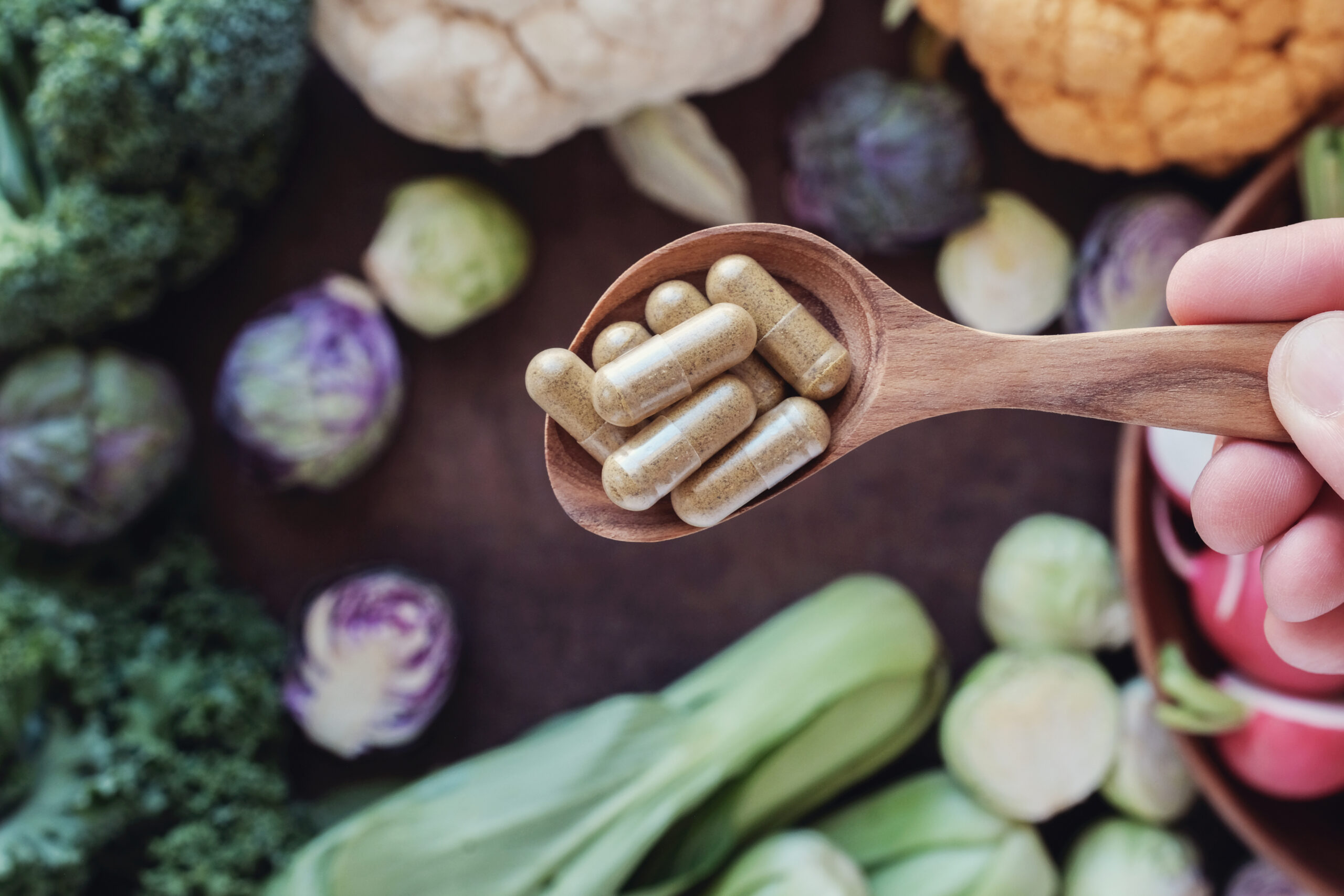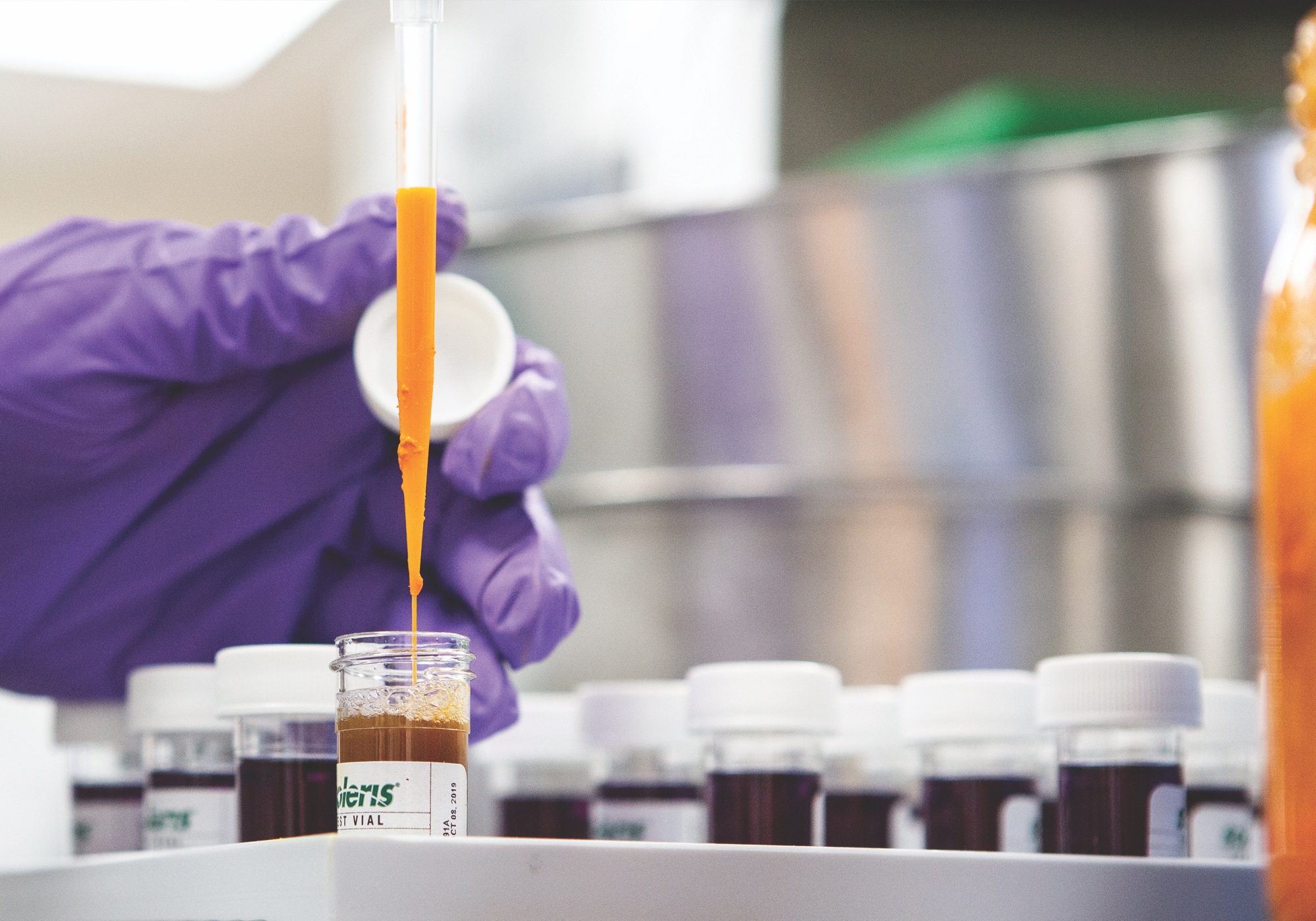Scientific name:Silybum marianum
Constituents:
- Flavolignans (silybin A & B, silydianin, silychristin A & B, isosilybin A & B) known collectively as silymarin or “the silymarin complex”
- Flavonoids
- Volatile oil
- Bitter principle
- Mucilage
Medicinal actions:
- Antioxidant
- Bitter
- Hepatic (Cholagogue & Choleretic)
- Hepatoprotective & Trophorestorative
- Hypolipidemic
- Galactagogue
Mechanism of Action & Pharmacology:
- Flavolignans (Silymarin) are powerful antioxidants that can regenerate injured liver cells. They act to promote detoxification systems and regenerate both glutathione & superoxide dismutase within the hepatocyte, both of which are subject to deactivation due to their exhaustion in the case of an overload of toxic substances. Will restore functional and histopathological damage to hepatocytes. Silymarin has been shown to increase the activity of glutathione peroxidase (GPX), increase superoxide dismutase (SOD) activity of red blood cells and lymphocytes and decreased serum Malondialdehyde (MDA) in several human pathologies.
- Silymarin & silybin react with numerous free radicals to form more stable and less reactive compounds, thus increasing the stability of hepatocyte cell membranes, and may act as a toxin blockade agent by inhibiting binding of toxins to the hepatocyte cell membrane receptors. Will inhibit lipid peroxidation, increase ribosomal protein synthesis, and decreases the activity of tumor promoters within hepatocytes.
- Silymarin has also shown hypoglycemic (enhances insulin sensitivity) & hypolipidemic (reduces total plasma cholesterol, LDL & VLDL) effects, reducing lipid peroxidation and thus having beneficial effects upon markers of cardiovascular disease.
- Silybin has demonstrated potential broad-spectrum anti-viral activity and has been shown to potently inhibit Hepatitis C viral entry by slowing down trafficking through clathrin-coated pits and vesicles, improving HCV-RNA titers, and serum aminotransferases (ALT & AST).
Pharmacy:
- Tincture
- Capsules
- Note: taking with lecithin promotes silymarin absorption, and seeds need to be cracked or crushed with any preparation
Safety & Toxicity Concerns:
- Rare adverse effects have been reported, including sweating, abdominal cramps, and diarrhea. Insomnia, headache, dermatitis, and arthralgia.
- Avoid in known allergy to Asteraceae family.
- Pregnancy & Lactation (controversial). Silymarin is not expected to be harmful in pregnancy or lactation.
- Use caution in anemic & thalassemic patients due to potential iron-chelating effects.
Interactions:
- May decrease drug level of immunosuppressives (e.g. cyclosporin), ornidazole, talinolol.
- May affect metabolism of various drugs (either increasing or decreasing levels) such as anti-diabetic agents (additive), estrogen, lamotrigine and lorazepam.
- Has the potential to reduce iron storage & absorption.
- May improve insulin sensitivity when combined with hypoglycemic drugs, including insulin.
- May reduce efficacy of Losartan by inhibiting metabolism.
- May decrease absorption of metronidazole by increasing clearance.
- May delay the absorption rate of nifedipine.
- Note: A common misconception is that since it is such a powerful liver herb, it is likely to increase the metabolism and clearance of many drugs due to enhanced hepatic detoxification. This is fuelled by various in vitro studies showing this effect and in vivo studies in rats where high doses increased phase I hepatic metabolism. However, normal clinical doses in humans are likely not high enough to achieve the effects.







